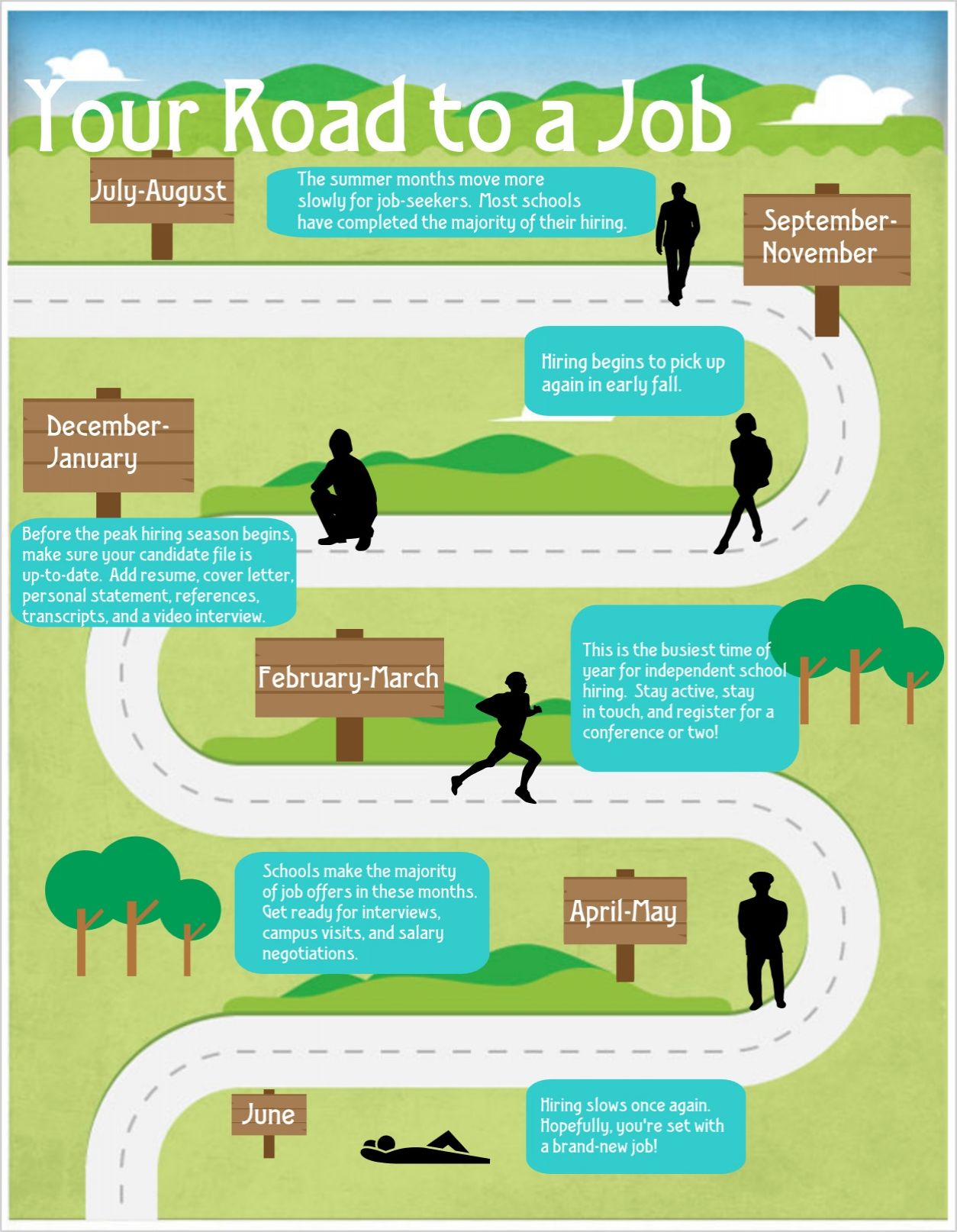Business Operations: Core Principles of Profit Generation and Marketing
Understand the fundamentals of business operations
At its core, a business exists to provide solutions to customer problems while generate profit. Whether offer products, services, or a combination of both, successful businesses operate within a structured framework that balances value creation with financial sustainability.
The foundation of any business begin with a clear value proposition — a compelling reason for customers to choose your offering over competitors. This proposition must address genuine market needs while differentiate the business in meaningful ways.
Key operational components
Every business, disregarding of size or industry, require several fundamental components to function efficaciously:
- Business model the blueprint ddefineshow the company create, delivers, and capture value
- Organizational structure the hierarchy and division of responsibilities among team members
- Supply chain the network of suppliers, manufacturers, and distributors involve in create and deliver products
- Customer acquisition systems processes for attract and convert potential customers
- Retention mechanisms strategies to maintain customer relationships and encourage repeat business
These components must work in harmony to create an efficient operation capable of sustainable growth. The specific implementation vary dramatically across industries — a software as a service (sSaaS)company operate identical otherwise from a retail store or manufacturing business.
The role of leadership and management
Effective leadership provide vision and direction, while management ensure day to day operations align with strategic goals. This dual function creates the necessary structure for employees to understand their roles and contribute meaningfully to business objectives.
Management’s responsibilities typically include:
- Planning and allocate resources
- Establish operational procedures
- Measure performance against key metrics
- Develop talent and build organizational capacity
- Adapt strategies in response to change market conditions
Without proper leadership and management, yet businesses with excellent products or services frequently struggle to achieve sustainable success.
Revenue generation: how businesses make money
The primary purpose of any business is to generate revenue that exceed expenses, create profit. This fundamental equation drive all business decisions, though the specific mechanisms for revenue generation vary wide.
Common revenue models
Businesses employ various models to generate income, include:
Product sales
The traditional model involve sell physical or digital products at a price exceed the cost of production. Profit margins vary importantly by industry — luxury goods many command margins of 60 80 %, while grocery stores typically operate on razor-thin margins of 1 3 %.
Product base businesses must cautiously manage inventory, distribution channels, and pricing strategies to maintain profitability. The rise of e-commerce has transformed this model, create both opportunities and challenges for traditional retailers.
Service provision
Service businesses sell expertise, time, and specialized capabilities kinda than physical products. Examples include consulting firms, healthcare providers, and personal services like salons or fitness training.
Service businesses typically price their offerings base on:
- Hourly or daily rates
- Project base fees
- Retainer arrangements
- Value base pricing tie to client outcomes
The primary challenge for service businesses is scale, as revenue is oftentimes instantly tie to available time and human resources.

Source: milkandhoneydigital.com
Subscription models
Progressively popular across industries, subscription models provide recur revenue through regular payments for ongoing access to products or services. Examples include software platforms, content streaming services, membership clubs, and subscription boxes.
The subscription model offer significant advantages:
- Predictable revenue stream
- Stronger customer relationships
- Lower customer acquisition costs over time
- Valuable data collection opportunities
Success in subscription businesses hinge on minimize customer churn while incessantly demonstrate value to justify ongoing payments.
Freemium and advertising models
Many digital businesses offer free services to build a large user base, so monetize through:
- Premium upgrades (freemium model )
- Advertise to the user base
- Data collection and analysis
- Marketplace fees for facilitate transactions
Social media platforms, mobile applications, and content websites oft employ these models, balance free access with revenue generation opportunities.
Understanding profit margins
Revenue solely doesn’t ensure business success — profitability depend on maintain healthy margins. Businesses track several key metrics:
- Gross margin revenue minus direct costs of goods sell ((ogs ))
- Operate margin revenue minus cogs and operating expenses
- Net profit margin revenue minus all expenses, include taxes and interest
Healthy margins provide businesses with capital for reinvestment, expansion, and weather economic downturns. Industry benchmarks vary dramatically — software companies oftentimes maintain net margins of 15 25 %, while restaurants typically operate at 3 5 %.
Scaling revenue growth
Successful businesses implement strategies to increase revenue over time:
- Market penetration sell more exist products to current customers
- Market expansion enter new geographic markets with exist offerings
- Product development create new products for exist customers
- Diversification develop new products for new markets
Each growth strategy carry different levels of risk and resource requirements. Businesses oftentimes pursue multiple approaches simultaneously, balance short term revenue growth with long term strategic positioning.
Effective marketing strategies for business growth
Marketing create the vital connection between a business’s offerings and its target customers. Effective marketing strategies generate awareness, build preference, and finally drive revenue by communicate value propositions to the right audiences.
Understand the marketing funnel
Modern marketing approaches typically follow a customer journey framework:
- Awareness introduce potential customers to the brand or product
- Consideration provide information that position the offering as a solution
- Conversion persuade prospects to make a purchase
- Retention maintain relationships to encourage repeat business
- Advocacy transform satisfied customers into brand promoters
Effective marketing strategies address each stage with appropriate tactics and messaging, recognize that different audiences may require different approaches.

Source: marketingbaker.com
Digital marketing channels
The digital landscape has transformed marketing, create powerful new channels for reach and engage customers:
Search engine optimization (sSEO)
SEO improve organic visibility in search results, connect businesses with users actively seek related information or solutions. Effective SEO combine:
- Keyword research and content optimization
- Technical website improvements
- Link building and authority development
- Local SEO for geographically relevant businesses
Unlike pay advertising, SEO build last assets that continue to generate value over time, though results typically develop more gradually.
Content marketing
Content marketing involve create valuable, relevant material that attract and engage target audiences while build brand authority. Formats include:
- Blog posts and articles
- Videos and podcasts
- Infographics and visual content
- White papers and research reports
- Case studies and success stories
Effective content marketing addresses customer questions and pain points throughout the buying journey, establish the business as a trust resource quite than simply a vendor.
Social media marketing
Social platforms provide opportunities to build communities, share content, and engage instantly with customers. Each platform offer unique advantages:
- LinkedIn professional networking and b2b marketing
- Instagram visual storytelling and lifestyle branding
- TikTok short form video and trend participation
- Twitter real time engagement and conversation
- Facebook community building and demographic targeting
Successful social media marketing require consistent presence, authentic engagement, and content tailor to each platform’s unique environment.
Email marketing
Despite being one of the oldest digital channels, email remain among the virtually effective for nurture leads and drive conversions. Email marketing excels at:
- Nurture prospects through educational content
- Announce new products or features
- Promote special offers and events
- Re engaging inactive customers
- Gather feedback and insights
Personalization, segmentation, and automation have transformed email marketing from basic newsletters to sophisticated customer journey orchestration.
Paid advertising
Digital advertising platforms offer unprecedented targeting capabilities:
- Search ads target users with specific search intent
- Display ads build awareness through visual placements
- Social ads leverage detailed demographic and behavioral data
- Video ads engage audiences with compelling motion content
Effective pay campaigns require clear objectives, careful audience target, compelling creative, and continuous optimization base on performance data.
Traditional marketing approaches
While digital channels dominate modern marketing discussions, traditional approaches remain valuable for many businesses:
- Public relations build credibility through media coverage and third party endorsements
- Direct mail reach prospects with physical marketing materials
- Print advertising place ads in relevant publications
- Trade show connect with industry partners and prospects in person
- Broadcast media reach mass audiences through television and radio
The virtually effective marketing strategies frequently combine digital and traditional channels, create integrated campaigns that reach customers through multiple touchpoints.
Customer-centric marketing strategies
Modern marketing progressively focus on customer experience quite than but promote products:
Personalization
Use data to tailor marketing messages and experiences to individual preferences and behaviors dramatically improve effectiveness. Personalization range from basic (use names in email greetings )to sophisticated ( (olly customize product recommendations and content ).)
Community building
Create spaces for customers to connect with each other and the brand fosters loyalty and advocacy. Communities might take the form of:
- Online forums and discussion groups
- User conferences and events
- Social media groups and hashtag campaigns
- Ambassador and advocacy programs
Strong communities create powerful network effects that reduce marketing costs while increase customer lifetime value.
Cause marketing
Align with meaningful social or environmental causes resonate with value drive consumers. Effective because marketing require authentic commitment quite than superficial association, as consumers promptly identify and reject inauthentic efforts.
Measure business and marketing success
Effective businesses establish clear metrics to evaluate performance and guide decision-making. Key performance indicators typically include:
Financial metrics
- Revenue growth year over year or qquarter-over-quarterincreases
- Profit margins gross, operating, and net profit percentages
- Customer acquisition cost (cCAC) investment require tgainingnew customers
- Customer lifetime value (cCLV) total revenue expect from a typical customer
- Return on investment (rROI) profit generate relative to capital invest
Marketing metrics
- Conversion rates percentage of prospects complete desire actions
- Engagement metrics interactions with content and communications
- Brand awareness recognition and recall among target audiences
- Customer satisfaction measure through surveys and feedback
- Marketing qualified leads (mMALS) prospects show interest and engagement
The near valuable metrics align instantly with business objectives and provide actionable insights for improvement preferably than plainly track activity.
Adapt to business challenges
Successful businesses endlessly evolve in response to change conditions:
Market disruption
Industries regularly face disruption from new technologies, business models, or competitors. Businesses that thrive during disruption typically demonstrate:
- Willingness to cannibalize exist revenue streams
- Investment in innovation beyond core offerings
- Organizational agility and rapid decision make
- Strong customer relationships that provide insight into evolve needs
Economic cycles
Businesses must navigate economic expansions and contractions. Strategies for resilience include:
- Maintain financial reserves for downturns
- Diversify revenue streams across different markets
- Create flexible cost structures that can scale up or down
- Focus on customer retention during difficult periods
Technological change
Technology endlessly reshape business operations and customer expectations. Successful adaptation require:
- Ongoing monitoring of relevant technological developments
- Strategic investment in capabilities that provide competitive advantage
- Balance between early adoption and proven solutions
- Develop digital literacy throughout the organization
Conclusion: the integrated business system
A successful business operates as an integrated system where operations, revenue generation, and marketing work in harmony. This alignment create a virtuous cycle: effective operations deliver value that marketing communicates to customers, generate revenue that fund further operational improvements.
While specific tactics evolve with change markets and technologies, the fundamental principles remain consistent: understand customer needs, create compelling solutions, communicate value efficaciously, and endlessly adapt to change conditions.
Businesses that master these fundamentals while maintain financial discipline position themselves for sustainable success in competitive markets. The virtually enduring companies build on this foundation with distinctive cultures, innovative approaches, and genuine customer focus that competitors find difficult to replicate.
MORE FROM grabjobtoday.com













